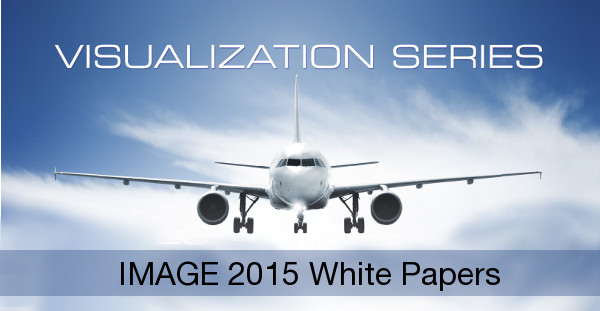| Title: |
Solid State, Laser Hybrid light engine, in a LCOS projector |
| Author: |
Rod Sterling, JVCKENWOOD chief engineer |
| Abstract: |
Solid
state light sources are becoming the standard in many new aircraft
simulator installations. This is mostly due to the low maintenance
required on the projector and the longer life of projector and light
source. This paper will discuss the JVC laser hybrid projectors being
offered with regards to life cycle cost, life of the illumination
system and optical components. Power versus lifetime will be brought
out and the best way to optimize your visual system. Also,
additional benefits from the hybrid system include IR capability for
NVGs, very low speckle contrast, high dynamic range, higher brightness
and lower black levels. Discussion on the latest IEC 60825-1:2014 ed3,
FDA guidance document on Laser Illuminated Projectors (LIPs), ICAO 9625
laser specifications and other laser safety information will be
discussed. Comparisons to classical lamp based projectors for baseline
will be used to determine advantages over older technologies. |
| Paper: |
Click here |
|
|
| Title: |
Speckle contrast measurements of a Laser Hybrid LCOS projector |
| Author: |
Rod Sterling, JVCKENWOOD chief engineer |
| Abstract: |
Laser
Hybrid illumination is becoming a leader in the pursuit of a solid
state illumination engine for projectors. With any laser based system,
speckle needs to be discussed. This paper will discuss the basic
details of the laser hybrid illumination, the fundamentals of speckle
with regards to a simulated training application and in specifically,
the measurement and analysis of speckle in as simulation environment.
Speckle contrast of a simulator system is discussed, analyzed and
topics for discuss are brought out. The core approach is based on ICAO
9625 and its limitations are discussed with regard to a hybrid laser
source. Speckle is a sum of various component of a specific
system. Many organizations and individuals are discussing and offering
various methodologies into speckle and speckle measurements, most with
their own specific component they are trying so sell, or in a
laboratory environment, again focused on one aspect of system speckle,
with other components removed or normalized to get just the speckle
value for one component. But, speckle is a system issue, and many of
these components are already in place, and maybe too expensive to
replace or no know replacement can be found that meets the need of the
training environment. So we must take into account the contribution of
all fixed and viable components and derive a measurement method and
target values that will meet our goal of supplying an adequate training
environment. |
| Paper: |
Click here |
|
|
| Bio: |
Rod
Sterling is Chief Engineer, of JVC Technology Center, JVCKENWOOD USA
Corporation, in Long Beach, California. He received his MS in
Electrical Engineering, Applied Physics from the University of
California, San Diego. He currently supports the efforts in
ultra-high resolution displays, Reference Series and Visualization
Series projectors and their applications, with focus on Simulation,
Visualization, Home Theatre, and Stereoscopic displays. He has
over 31 years of experience in the display area and over 23 years in
Simulation and Electronic/Digital Cinema. He is the author of
over 23 journal articles, 12 patents and 2 screen credits. He is
an active member of SID, IEEE, SPIE and SMPTE. |
